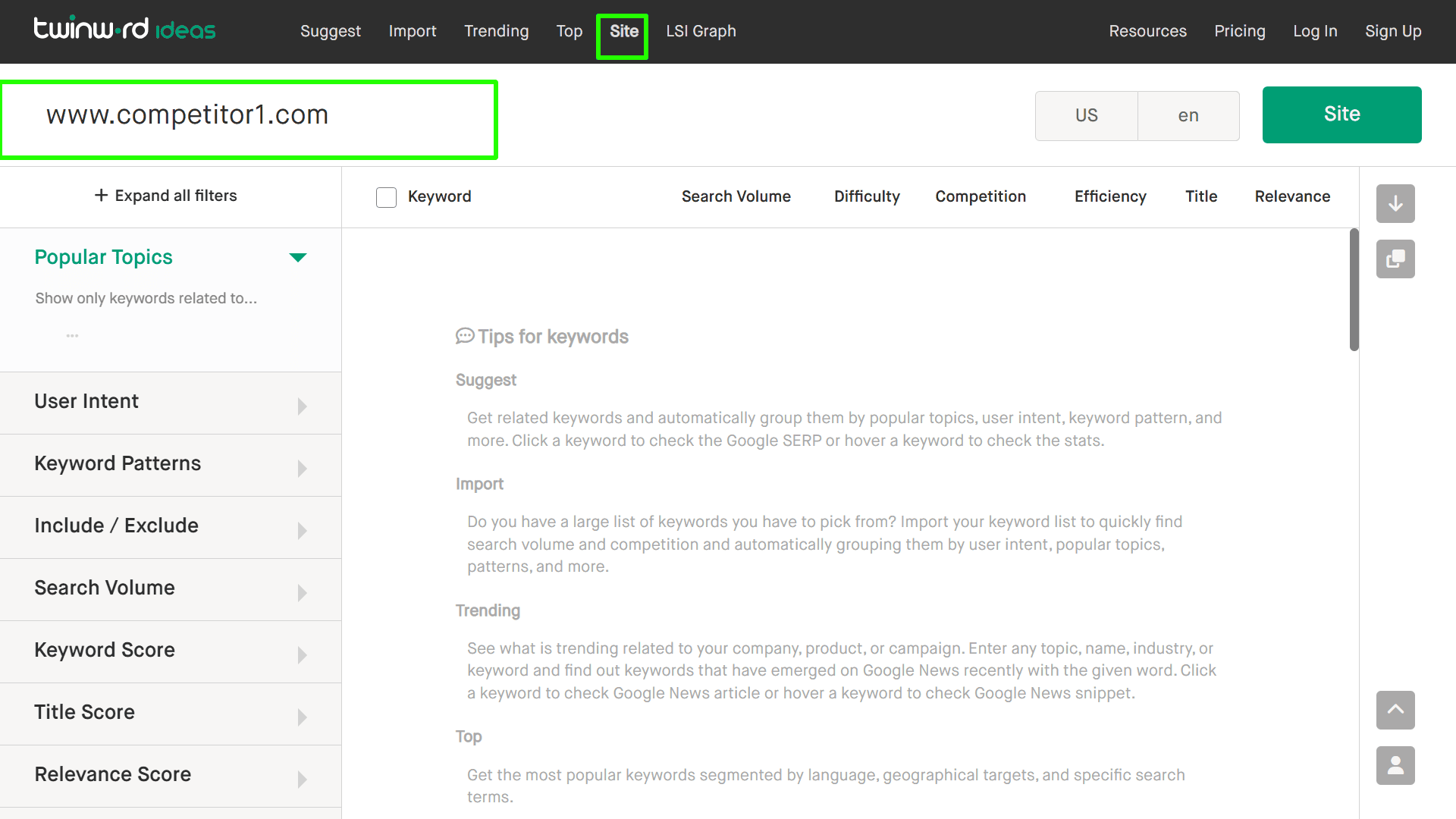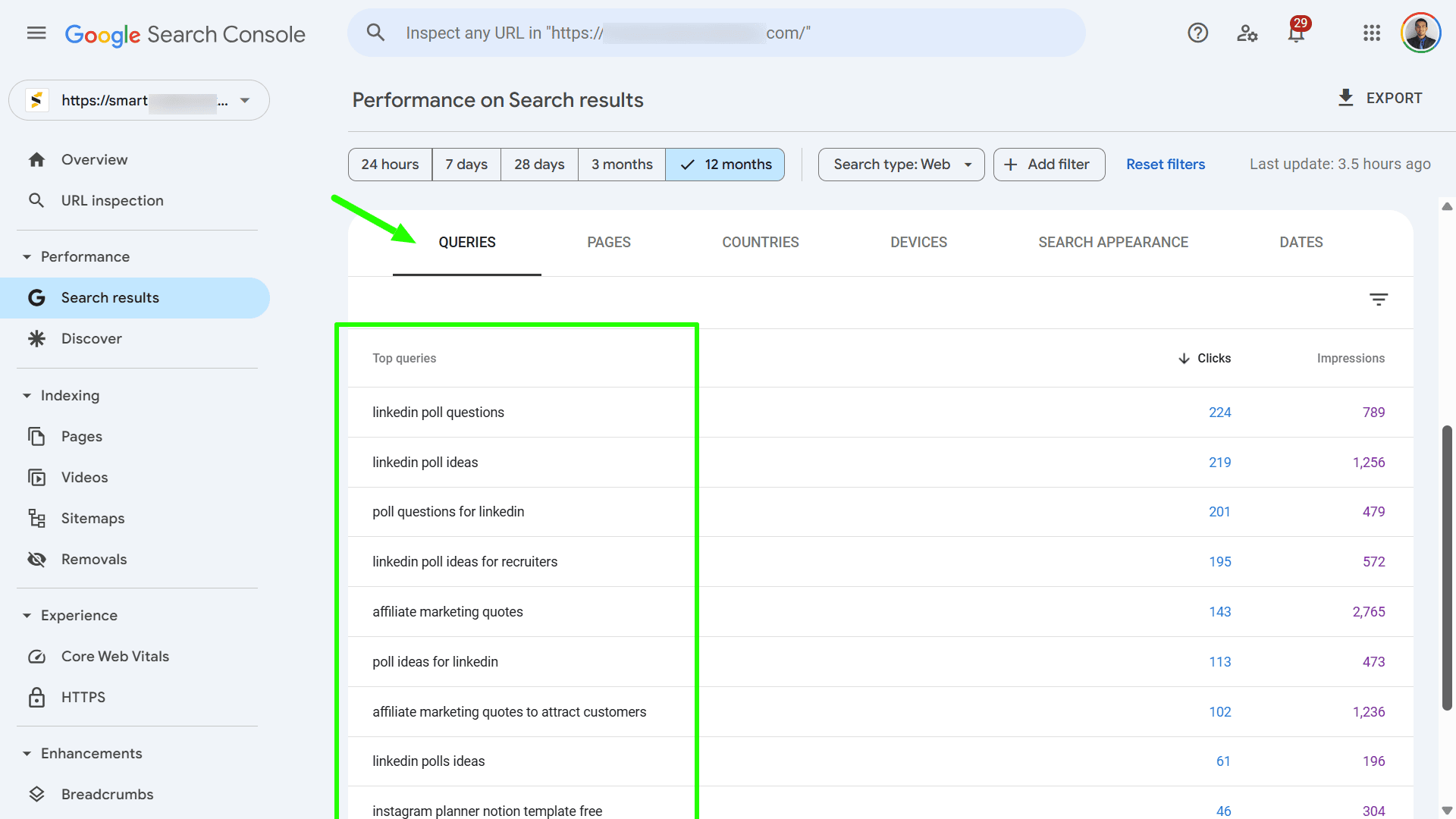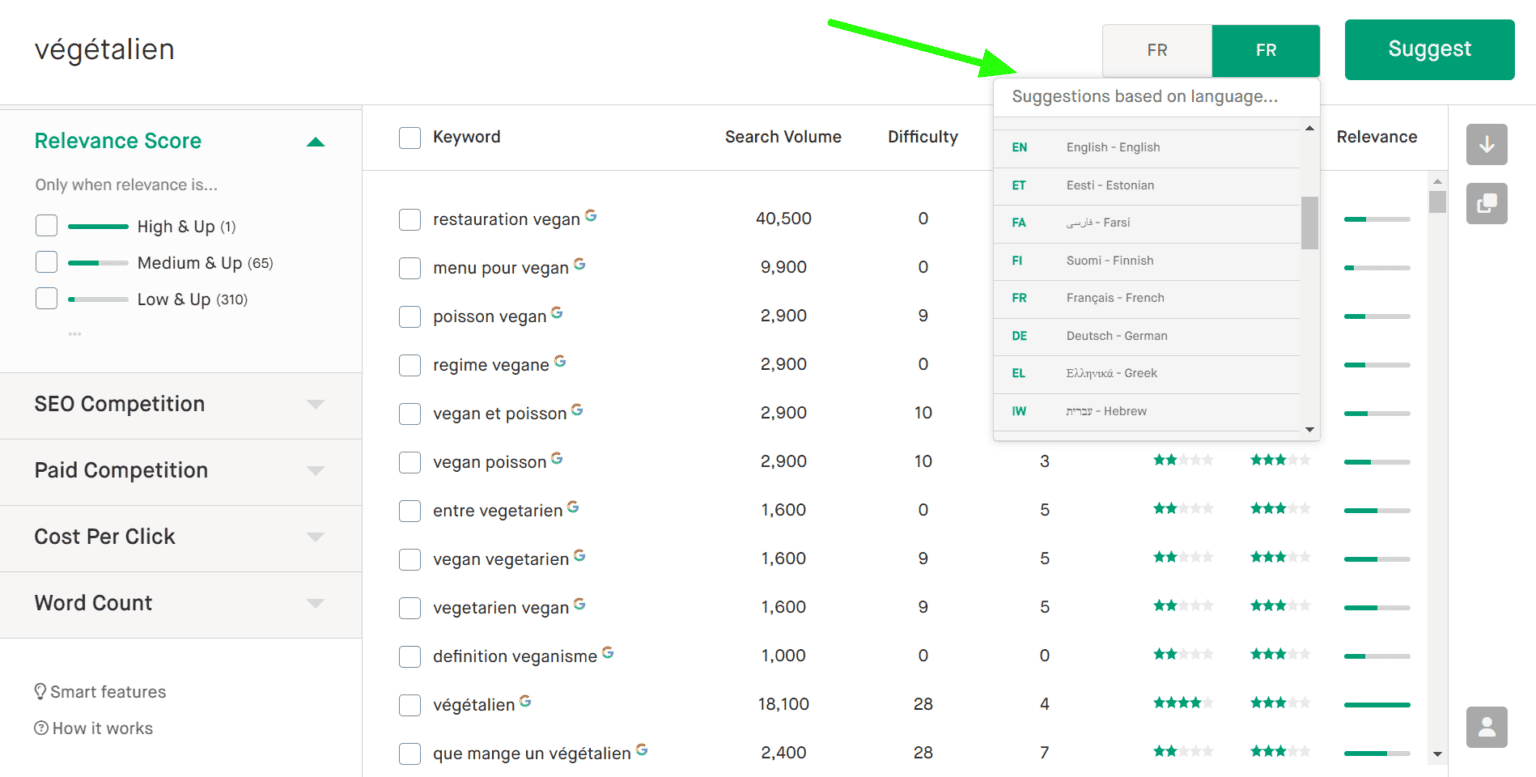Expanding into international markets is exciting—but ranking on search engines across multiple countries is a whole different challenge. Directly translating keywords won’t cut it. Search behavior, language nuances, and competition vary by region, making a one-size-fits-all SEO strategy ineffective.
A keyword that drives traffic in the U.S. might be irrelevant in Japan. Even within the same language, regional differences matter—think “sneakers” in the U.S. vs. “trainers” in the U.K. Beyond Google, some markets rely on Baidu, Yandex, or Naver, each with its own ranking factors.
So, how do you ensure your content ranks globally? The key is a comprehensive international SEO keyword research process—identifying what your audience actually searches for, not just what you think they do.
In this guide, we’ll break down actionable strategies to find, analyze, and implement high-impact keywords for different languages and regions—helping you rank higher, drive traffic, and grow internationally. Let’s get started.

Who needs to do international SEO keyword research?
If your business operates beyond a single country, you can’t afford to ignore international SEO. Whether you’re selling products, offering services, or growing an audience across different markets, ranking in global search results requires more than just translating content.
So, does this apply to you? If you fit into any of these categories, you probably need a strong international SEO strategy:
You run a global e-commerce or retail business
If you sell products internationally, your customers search differently in each country. From language variations to local shopping trends, your keyword strategy must match regional search behavior to succeed.
You manage a SaaS company or tech startup
Your software or platform is available worldwide, but are your keywords optimized for different markets? Localized keyword research ensures your website, blog, and landing pages align with search intent across multiple regions.
You’re an affiliate marketer or content creator
If you make money through SEO-driven content, expanding your keyword targeting to multiple regions can multiply your traffic and revenue. The right global SEO strategy helps you reach high-value audiences beyond your home country.
You work for a marketing agency or as an SEO professional
If your clients operate in different countries, understanding regional search trends and competition is crucial. A strong international keyword research process can set your agency apart from others offering generic SEO services.
You develop mobile apps for a global audience
App Store Optimization (ASO) isn’t just about one language—each country has different search patterns. If you want your app to succeed in multiple regions, your keyword research needs to reflect that.
You run a multinational news or media website
If your website publishes content in multiple languages, you need localized keyword research to ensure your headlines and articles rank well in different countries.
Basically, anyone targeting a multilingual audience
If your business, content, or services need to reach people who speak different languages or live in multiple regions, international SEO keyword research is essential.
9 key strategies for international SEO keyword research
To successfully rank in multiple markets, you need a strategy that goes beyond the basics. Below are proven techniques to discover high-impact keywords, optimize for different search engines, and ensure your content resonates with your global audience.
1. Study competitor keywords in each market

Before targeting a new region, analyzing local competitors’ keyword strategies gives you a clear picture of what works in that market. Instead of assuming global search trends apply everywhere, this approach helps you uncover region-specific keywords and ranking patterns that can inform your own strategy.
Start by identifying top-ranking competitors in your target country. These may not be the same brands you compete with in your home market. Once you have a list of competitors, analyze their highest-performing keywords. Look for patterns in search intent—are users in this region searching differently than in your home market?
For example, a U.S. clothing retailer might optimize for “sneakers,” while a Spanish competitor ranks for “zapatillas deportivas.” Identify long-tail, transactional, and informational keywords that competitors successfully target, and assess their search volume and competition levels in that specific country.
Next, examine how competitors structure their content around these keywords. Are they using separate localized pages or a single multilingual domain? Are product descriptions, meta tags, and headings optimized for local dialects and cultural references? Understanding these strategies helps you refine your own keyword targeting and content approach for each region.
2. Leverage Google Search Console queries data

Understanding how users in different countries search for your content is crucial for international SEO. Google Search Console (GSC) reveals the exact queries driving traffic in each market, helping you adjust your keyword strategy based on real search behavior. Pairing this with localized search engine results pages (SERPs) ensures that your optimizations align with regional search intent.
Unlike generic keyword research tools, GSC shows what users are already searching for to find your site—offering insight into regional search trends, intent variations, and untapped keyword opportunities. A keyword that performs well in one country may have a completely different click-through rate (CTR), ranking potential, or intent in another. Identifying these differences allows businesses to adapt their content strategy based on real user behavior rather than assumptions.
3. Validate keywords with native speakers for better accuracy
Automated translation tools can miss the way people actually search in their native language. A keyword may be technically correct but sound unnatural or fail to match local search behavior. This can lead to poor rankings, lower engagement, and missed opportunities.
A direct translation might not be the term locals use. For example, “cheap flights” in English could be translated as “vols bon marché” in French, but native speakers are more likely to search for “vols pas chers.” Without validation, you risk targeting low-traffic or irrelevant keywords that don’t align with real user intent.
Native speakers provide critical insights into phrasing, tone, and cultural nuances. They can flag awkward, outdated, or overly formal terms and suggest keywords that resonate better with searchers. This is especially important for long-tail keywords, slang, and industry-specific terms that don’t have direct translations.
By collaborating with native speakers—whether through local SEO experts, bilingual team members, or direct feedback from your target audience—you can refine keywords to match real search behavior. This ensures your terms are not only accurate but also natural, culturally relevant, and aligned with user intent. As a result, your content ranks higher, attracts more engaged visitors, and performs better in competitive international markets.
4. Select the right language and region combination for precise targeting
A single language doesn’t mean a single search behavior. The way people search in Spanish varies significantly between Spain and Mexico. The same applies to French in Canada vs. France, or English in the U.S. vs. the U.K. Ignoring these regional differences can lead to poor keyword relevance, lower rankings, and missed traffic opportunities.
Targeting the right language-region pair ensures your SEO strategy aligns with how people in each country actually search. Even if two markets share a language, their vocabulary, spelling, and phrasing can differ. A U.K. user might search for “trainers,” while an American would look for “sneakers.” In Latin America, “computadora” is used for “computer” in Mexico, while Argentina prefers “ordenador.” These differences impact keyword volume, competition, and search intent, making localization essential.
5. Optimize for local search engines to maximize visibility
Google may dominate globally, but not every country relies on it as the primary search engine. In markets like China, Russia, and South Korea, local alternatives such as Baidu, Yandex, and Naver hold a significant share. Optimizing for these platforms requires more than just translating your existing SEO strategy—it demands an understanding of how these search engines rank content, interpret keywords, and prioritize user intent.
Each local search engine has unique algorithms and ranking factors that differ from Google’s. For instance, in South Korea, Naver doesn’t function like a typical search engine; it operates more like a content portal, prioritizing paid listings, blogs, and user-generated content over traditional organic rankings. A business targeting South Korea must optimize for Naver’s content ecosystem, which includes services like Naver Blog, Naver Café, and Naver Post, in addition to traditional web results. Simply applying Google’s keyword strategy here would lead to limited visibility.
Similarly, in China, Baidu favors websites hosted on Chinese servers, content written in Simplified Chinese, and sites with strong backlink profiles from other Baidu-indexed domains. Russian search engine Yandex prioritizes user behavior signals, local domain extensions (.ru), and prefers high-quality, well-structured content over aggressive keyword optimization.
Adapting your keyword research and SEO efforts for these platforms means analyzing how users search on each engine and adjusting content accordingly. This could involve leveraging country-specific keyword tools, optimizing metadata for different ranking criteria, or even restructuring site architecture to align with platform preferences.
6. Account for multilingual keyword intent shifts
A keyword’s intent can shift dramatically across languages and regions. Even if two words are direct translations, users may search for them with different goals. For example, in English, “best smartphones” suggests a comparison-based search, while in some languages, the equivalent term may signal shopping intent rather than research.
Understanding how intent changes is crucial when selecting and optimizing keywords. A term that attracts informational traffic in one country might generate more commercial traffic elsewhere. To address this, analyze search engine results (SERPs) for each region—are the top-ranking pages blogs, product listings, or news articles? This gives insight into what type of content Google (or other search engines) prioritizes in that market.
7. Adapt to regional keyword phrasing and structure
Languages vary in word order, stop words (“the,” “in,” “of”), and singular vs. plural forms, all of which impact search behavior. While Google adapts well, some regional search engines rely on exact phrasing.
For example, an English user might search “best restaurants in Paris,” while a French user types “meilleurs restaurants à Paris.” Though the intent is the same, the structure affects rankings. In some languages, singular and plural forms also differ in search volume.
When researching keywords, analyze how local users naturally phrase queries. Optimizing for regional search patterns ensures better rankings and relevance.
8. Optimize for mixed-language search queries (Hinglish, Spanglish, and more)
In many multilingual regions, users naturally mix languages in their search queries, blending English with their native tongue. This is common in India (Hinglish: Hindi + English), Latin America (Spanglish: Spanish + English), and Southeast Asia, where bilingual internet users search using a hybrid of local and global terms.
For example, an Indian user might search for “best lehenga designs for wedding” instead of the fully Hindi equivalent, while a Spanish speaker in the U.S. might type “comprar laptop barata” (buy cheap laptop). These queries don’t follow standard translation rules but reflect real user behavior.
By optimizing content to include these hybrid search terms naturally, businesses can better align with how multilingual users search, increasing relevance and visibility in key international markets.
9. Use an AI-powered multilingual and multi-region keyword research like Twinword

Finding the right keywords for international SEO is complex, but advanced AI-powered keyword research tools like Twinword make it easier and more effective. With support for 46 languages and over 230 geo-targeted regions, Twinword helps businesses discover high-impact, localized keywords that align with actual search behavior—without relying on inaccurate translations or guesswork.
One of Twinword’s most powerful features is its multilingual and multi-region keyword research capability. As we discussed earlier, the same language can be used differently across different countries, meaning a keyword that works in France might not be as effective in Canada or Belgium. Twinword allows you to select both language and region, ensuring that you’re targeting keywords with real relevance and search volume in each specific market.
But Twinword goes beyond just multilingual research. It offers several advanced keyword research tool features built to refine every aspect of your keyword strategy. From automatically grouping keywords by intent and relevance to uncovering trending topics, semantic keyword connections, and competitive insights, Twinword simplifies and enhances the research process. Features like AI-driven keyword scoring, user intent filters, and real-time trend analysis ensure that you’re not just targeting high-volume keywords but the ones that actually drive engagement and conversions.
With AI at its core, Twinword doesn’t just give you keywords—it gives you the right keywords for the right audience, in the right market.
Final thoughts: Turning keyword research into a global SEO success
Expanding into international markets is more than just translating content—it’s about understanding how people search, what they search for, and which search engines they use. The right keyword strategy ensures that your content is visible, relevant, and competitive in every region you target.
Throughout this guide, we’ve explored essential strategies for international SEO keyword research, from analyzing local competitors and leveraging search intent to optimizing for regional search engines and mixed-language queries. Each of these tactics helps fine-tune your keyword approach, ensuring you connect with the right audience in the right way.
Now, it’s time to apply these insights. Start by researching keywords specific to your target regions and continuously monitor performance to refine your strategy. To simplify the process, consider using an AI-powered keyword research tool like Twinword, which streamlines research and provides data-driven insights for over 230 geo-targeted regions and 46 languages.
Try Twinword for free and start discovering the keywords that will help you rank, engage, and grow internationally.



